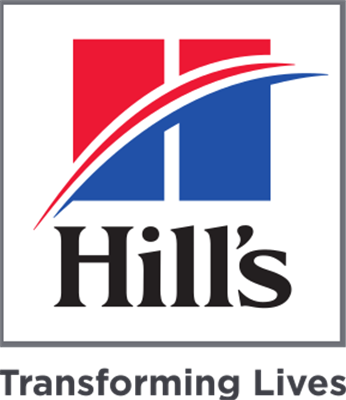Technician
In Person Only
Cardiology
Technician Case Report: Exploring Complex Congenital Defects in Cats: An Overview of AVSD and CTS

Taryn Powell, LVT, RVT, CPEP (she/her/hers)
Lead Internal Medicine Technician
Partner Veterinary Emergency and Specialty Center
Colonial Heights, Virginia, United States
Primary Presenter(s)
Atrioventricular septal defect (AVSD) and cor triatriatum sinister (CTS) are two relatively uncommon congenital defects, which occurring in tandem increase the complexity of hemodynamic derangements and subsequent management of these conditions. Atrioventricular septal defects are caused by failure of the septum primum to fuse to the atrioventricular cushions properly during fetal development, resulting in interatrial and potentially interventricular communications. An AVSD can either be partial or complete. Patients with a partial AVSD have a septum primum atrial septal defect (ASD) and associated mitral valve abnormalities. Patients with a complete AVSD have both atrial and ventricular level communications along with a common atrioventricular valve. AVSDs cause significant left-to-right shunting, resulting in right-sided volume overload, cardiac enlargement, and possible congestive heart failure. This shunting also increases pulmonary blood flow and can result in pulmonary vasculature remodeling and significant pulmonary hypertension. Overtime, significant pulmonary hypertension can cause shunt reversal (right-left flow) which can lead to the development of hypoxemia and secondary erythrocytosis.
Cor triatriatum sinister (CTS) occurs during the development of the pulmonary venous system, and results from the common pulmonary veins being incompletely incorporated into the left atrium. This leads to the presence of a fibrous muscular membrane that divides the left atrium into proximal and distal chambers, and causes resistance to blood flow. The effective stenosis between the two atrial chambers leads to increased pressure in the proximal chamber and development of congestive heart failure and/or pulmonary hypertension.
What makes this case most unique is that these patients do not tend to receive nursing care. Due to the severity of these congenital defects, together, patients tend to go into heart failure or even die suddenly.
Learning Objectives:
- Upon completion, participants will have knowledge of diagnosis and treatment options for patients with an atrioventricular septal defect and cor triatriatum sinister.


